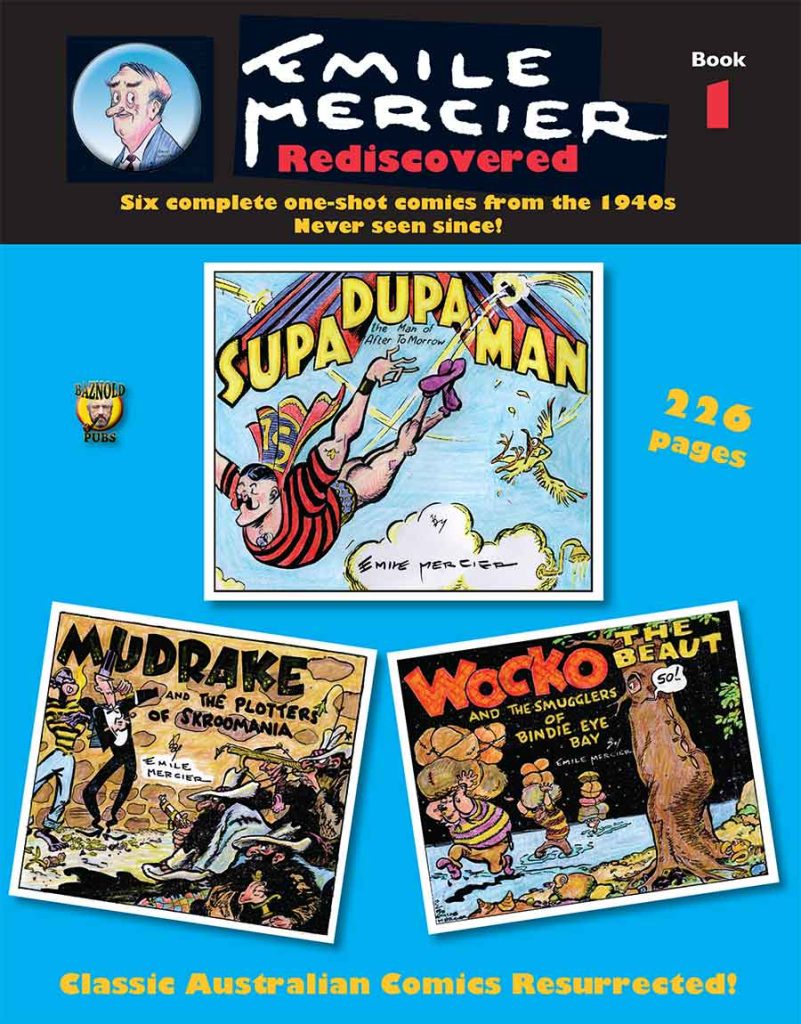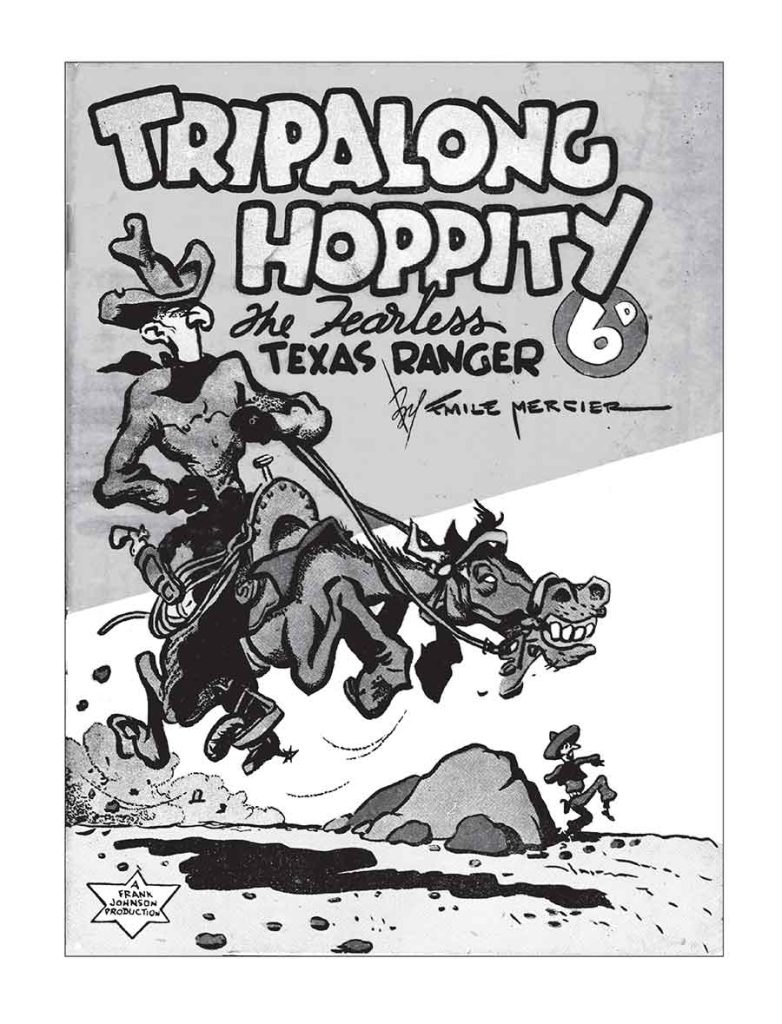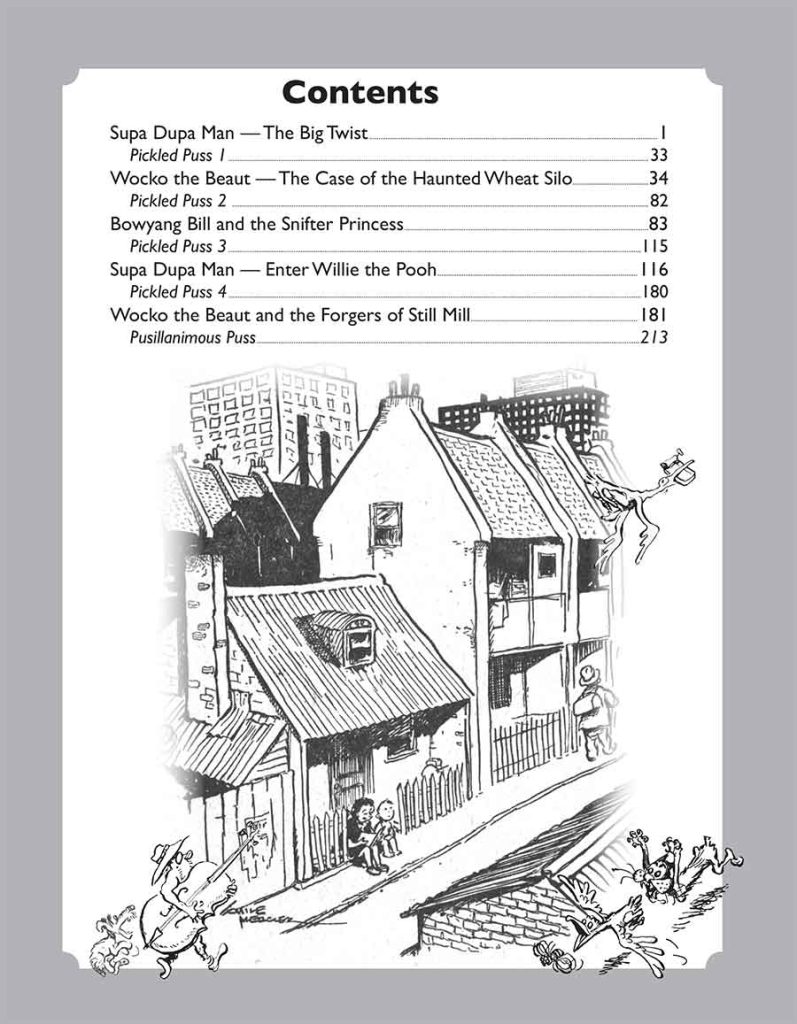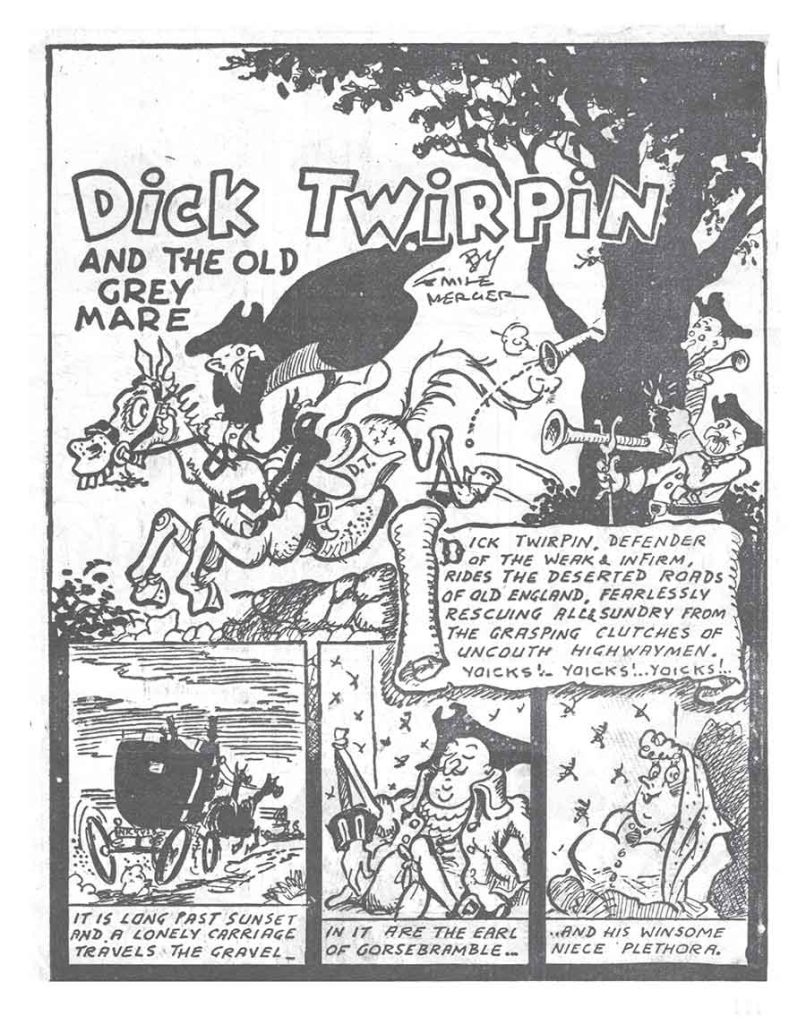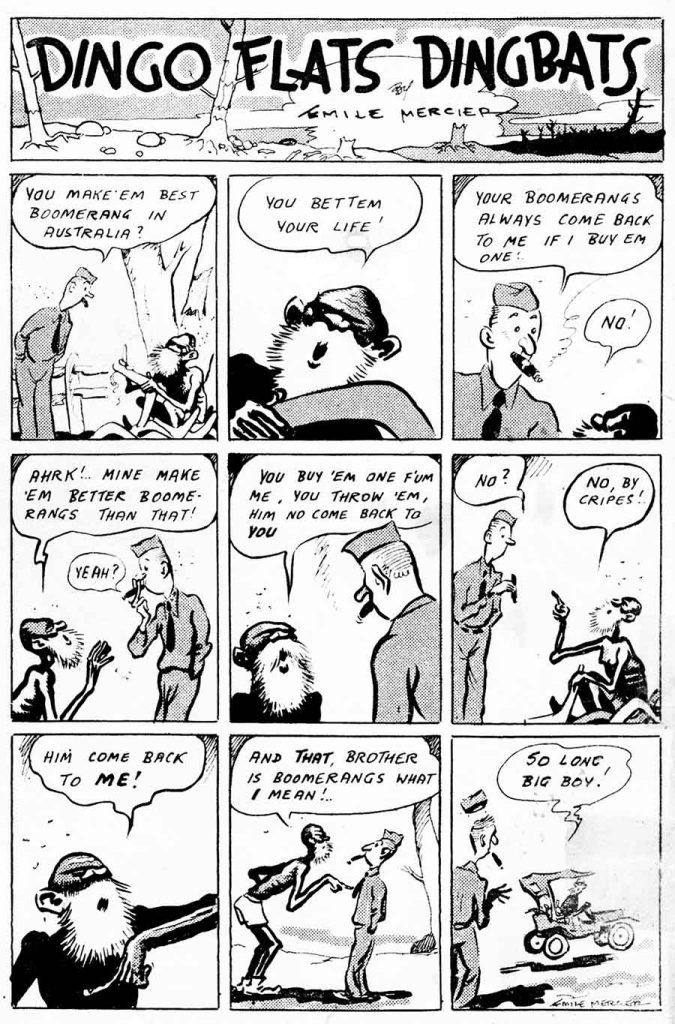




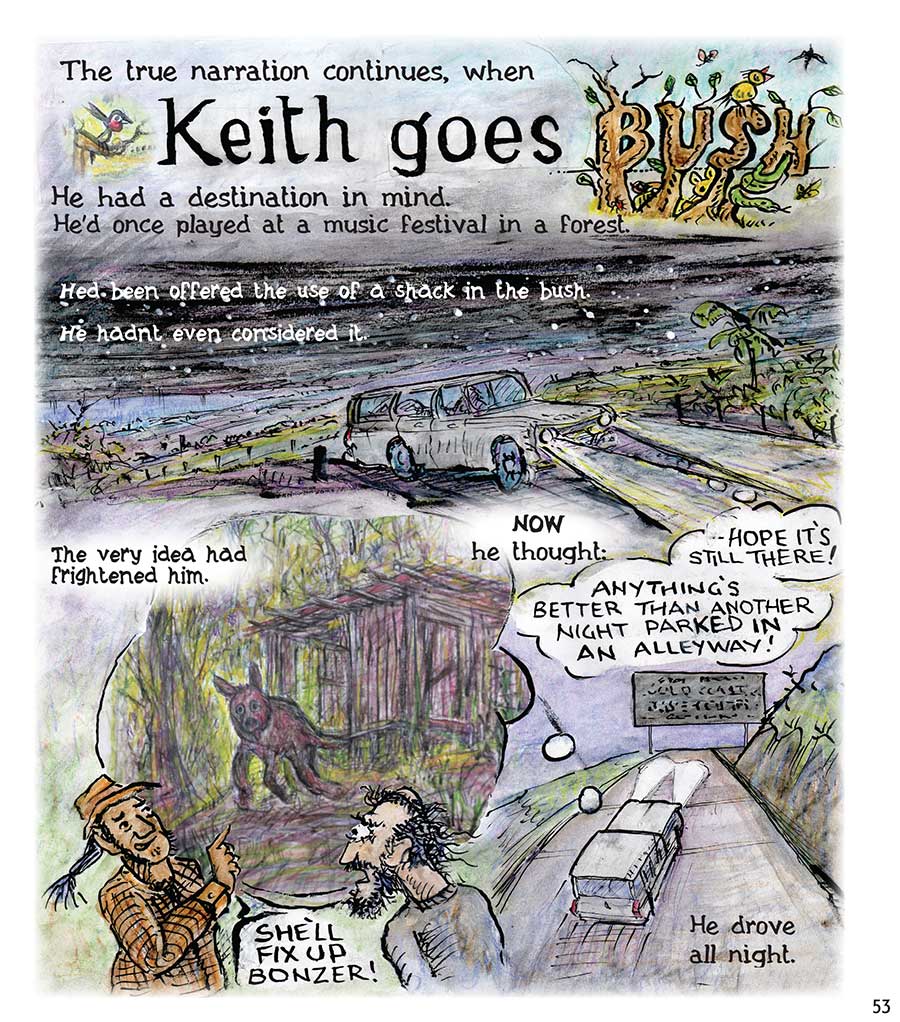



SUMMARY
Keith’s story takes two hundred and fifty pages. It starts with a symbolic childhood memory, involving the gift of a small drum from a mysterious uncle Stan, who he never sees again, but he is abruptly reminded of him in middle age when at the zoo a Komodo Dragon stares at him. He thinks he is getting cosmic messages. He needs help. His life is a mess. He is on the skids. Then a rhinoceros charges him, damaging the bars. He goes to water. What does it mean? He is puzzled and distracted, unsure where to turn.
After a few pages he visits a ‘cousin’, Cuthbert, who knew his uncle Stan, and in fact claims to be Stan’s grandson. Keith is sure he’s being contacted by Stan on the astral plane, messages about animals that he just can’t quite grip. Cuthbert distracts him with stories of Stan and his legendary work in circuses. This Stan Field could hypnotise rhinoceroses, and even once made one disappear. He was Showbiz Royalty in his time, so his cousin Cuthbert tells Keith. This first tedious intrusion of the doubtlessly figmentatious Uncle Stan is about 30 pages long, and features Errol Flynn.
It is on just such another astral impulse, with no reason to continue his miserable existence, homeless and unemployed, destitute in the big city, and with nothing to stop him, that Keith quixotically quits the concrete jungle and heads for the tropical north. This real jungle idyll turns out to be a continual struggle to survive in basic conditions, marked by constant encounters with species of wild Nature nothing like those depicted in tourist brochures. Despite this, he stays living there for want of choice. His basic needs are met; it is a languid life. It takes many months and about 60 pages for him to leave. It is possible that he comes to realise that no creatures are specifically hunting him for food or sport. He just happens to be there while they carry on their normal lives, something that he does not have. They still scare him. He abandons his quest for answers from animals, and drives back to town.
He goes almost straight back to the zoo. The same Komodo Dragon singles him out from the crowd to stare hungrily at him. He rushes again to tell Cuthbert about it, and thence ensues another intrusion of Stan’s showbiz stories, albeit only a short one, which however explains a lot to Keith about dragons, just as he’d learnt about rhinoceroses from Stan’s experience. Be that as it may, it does bring the book to the end of its first part, about the halfway mark.
The whole second half of the story is about a dog. Readers should not succumb to trepidation or expectations of boredom at this blunt statement. Neither is this dog a plain ordinary pooch, nor is its story immune from penetration by Uncle Stan, who fetches up at the heel of the hunt as the motivatory spark and resolution of the entire tale from beginning to end. Everything falls into place. The “drum” is, In fact, according to information mystically conveyed to Keith, that Stan has been pretending to be Cuthbert all along, and is actually Keith’s father! Figure that out.
Keith’s luck serendipitously turns in the city. He is housed comfortably, and employed in his chosen craft. It happens almost so smoothly It does not seem natural. The unsought reality of an intimate relationship — with Charlie, the huge dog that is foisted upon him — lifts him from his delusional condition, so that he is able to repudiate the continued Cosmic interference of his mythical uncle, and he can perhaps settle down contentedly, almost like a real person in a real world, a civilian. References to the Church of the SubGenius, chapter and verse, indicate exactly where this plot has come from and where it is going. Life is, after all, an Enigma. Ask the animals.

